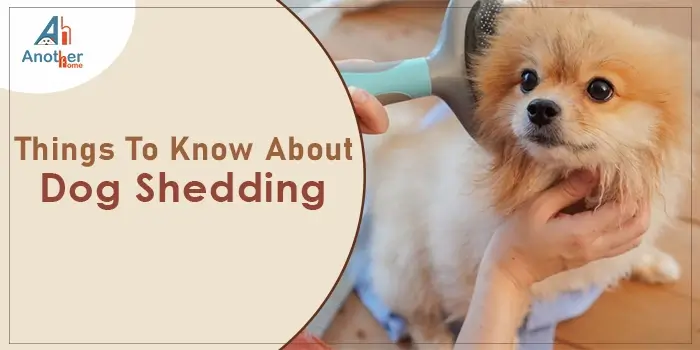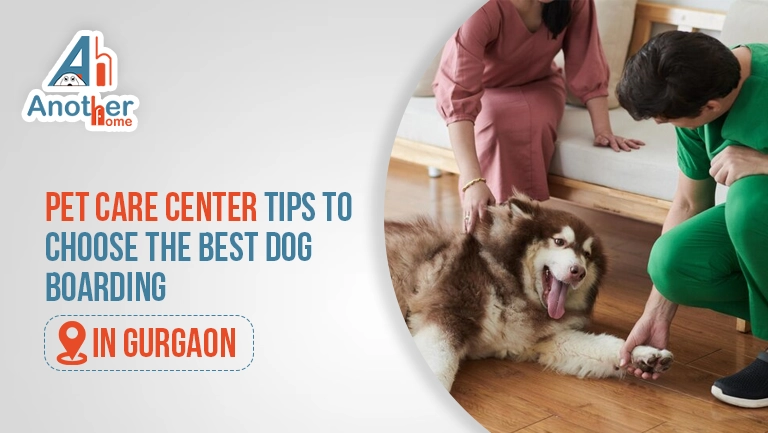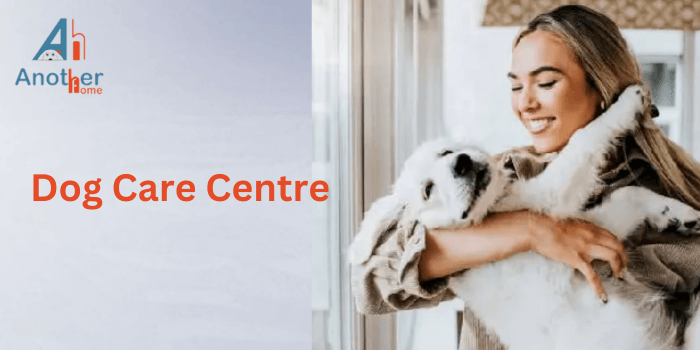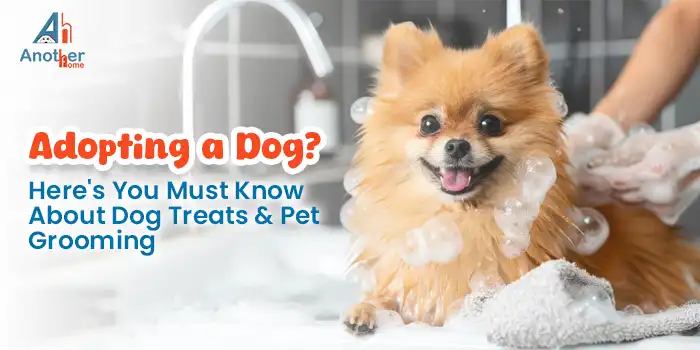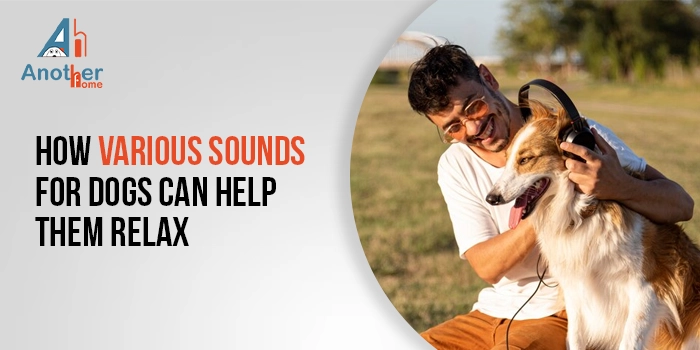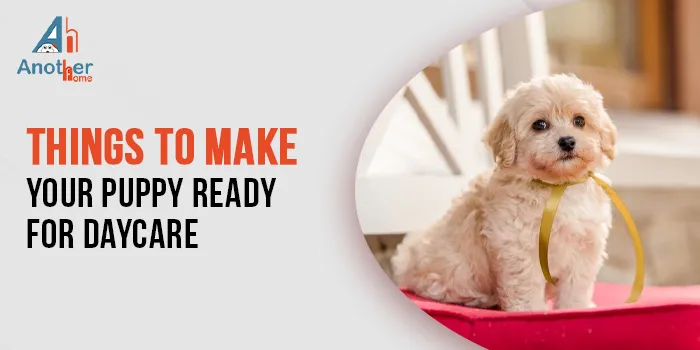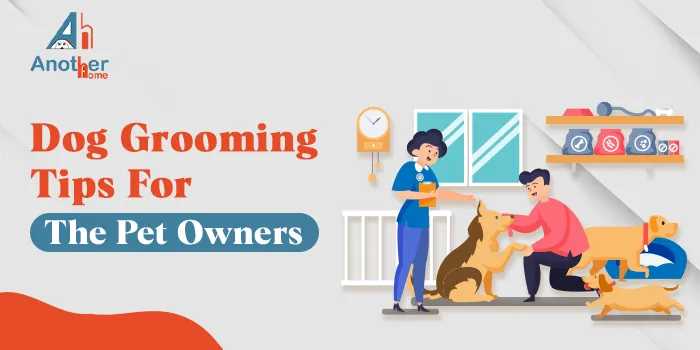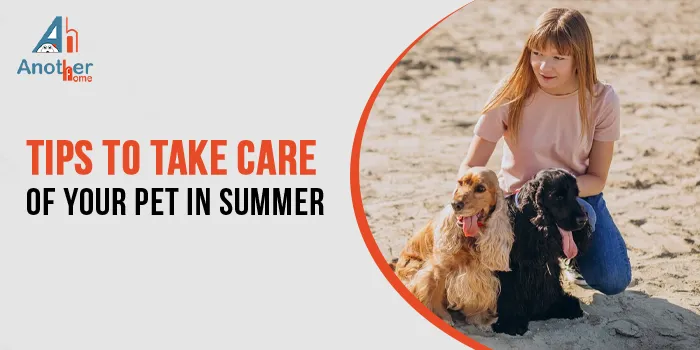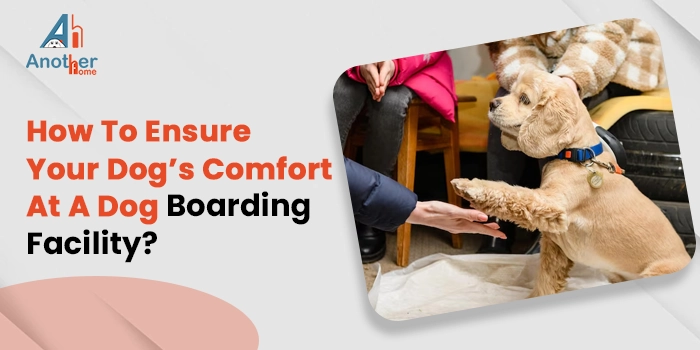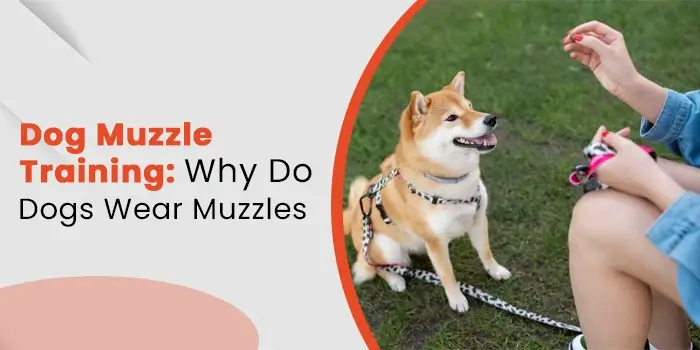When a dog starts losing its fur, it is known as dog shedding. It is a common problem every dog faces. This happens for the growth of new and healthy fur by losing damaged and dead ones. Dog Shedding mainly depends on factors like the breed of the dog, their general health condition, and their pregnancy status. Apart from that, factors like extra sunlight and temperature can also be the reason behind dog shedding.
You can’t save your dog completely from shedding, but you can help them during that period by following different measures. Below we have noted everything you need to understand about dog shedding.
Why Dog Shedding Occurs?
As same as humans, dogs' hair also has its own phases of life, which comprise:
a) Anagen Phase - The growth phase, where the hair of dogs grows.
b) Catagen Phase - This is a phase when the hair stops growing.
c) Telegen Phase - This is the final stage of the life cycle, where the old hair falls out, and again, new hair starts growing.
The shedding occurs at the Telegen phase when the dog’s hair reaches its length.
Factors That Lead To Dog Shedding
Sunlight and temperature are one of the main factors behind dog shedding. As the day length influences the growth of the new coat, that leads to the shed of the old coat. Some Northern breeds shed once a year due to sunlight and temperature, and the rest shed two or more times a year.
What Are The Months Of Shedding?
Most dogs shed in the month of fall and spring. In the fall, the dogs shed their hair to grow new undercoats for winter. While in spring, they do it to light their outer coat for the summer. But nowadays, you can find dogs who shed all year. Why does this happen? Shedding does not always depend on breed or season, but it also depends on your dog's diet, medical condition, and allergies. If your dog is losing its hair a lot or maybe shed from some particular area, you need to contact the vet doctor for help.
When you think of questions like how long dog shedding lasts, there is no appropriate answer, but puppies shed for 2-4 weeks, and as they are in their growing time, they recover very easily and quickly.
Breeds And Shedding
There are few hairless breeds that either shed very minimal or don’t shed at all. The list includes
- Chinese Crested Dog
- Peruvian Inca Orchid
- American Hairless Terrier
However, they also need a bit of grooming during winter.
The least shedding breeds are the ones that have hair more than furs.
The list includes
- Poodle
- Bichon Frise
- Italian Greyhound
- Basenji
- Shih Tzu
- Maltese
- Miniature Schnauzer
- Portuguese Water Dog
- Scottish Terrier
- Yorkshire Terrier
and the most shedding breeds are
- Beagle
- Alaskan Malamute
- Beagle
- Chow Chow
- Saint Bernard
- German Shepherd
- Akita
- Golden Retriever
- The Great Pyrenees
- Labrador Retriever
- Pembroke Welsh Corgi
- Pug
- Siberian Husky
Is It Possible To Prevent Dog Shedding?
Although it is impossible to stop a dog from shedding, you can use these tips to lessen the amount of loose hair that winds up in your house.
How To Stop Dog Shedding?
1. Brushing Each Day
Brushing your dog daily is the most crucial action you can go with. Regular brushing not only removes loose hair but also increases oil production in the growing hair, giving it a sleeker, smoother appearance, and healthy hair is more likely to remain on your dog's body for a long time.
The right brush must be used, too, as it eliminates dead hair from the undercoat without harming the outer coat.
2. Choosing A Brush For Your Dog
If your dog frequently sheds, picking the correct brush will help you with grooming.
For dogs with shorter hair, such as German Shorthaired Pointers, Beagles, or Pugs:
A natural-bristle brush or even a hound mitt or glove with bristles on the palm can be used to dislodge dead hair and set it free effectively. Also, before brushing the coat in the direction of hair growth, brush the coat in the opposite direction to remove the dead hair. Repeat this technique several times to clear all the hair and to evenly distribute the skin's natural oils throughout the coat. When using a hound glove or mitt, rub the coat in a circular motion to release the hair before brushing in the direction of hair growth. If your dog sheds a lot, you have to repeat the process a few times a day.
Pomeranians, Collies, and Pembroke Welsh Corgis are examples of dogs with longer coats. They are double-coated, and for them, slicker brushes make terrific instruments. You must make several passes over the coat in both directions until you see that you are progressively removing fewer hairs from the brush.
Purchase a shedding tool if your dog sheds a lot, especially if you have a double-coated skin kind of dog. In general, you have to draw the tool along the coat in the direction of hair development, then pull it up and away.
Excessive Shedding can cause underlying hypothyroidism or follicular dysplasia too. Or it can be possible that your dog has allergies, which can affect its skin and hair.
Consult your veteran if you doubt your dog has a skin condition.
3. Frequently Shower
Use shampoo rich in omega-3s, as they are made with fatty acids to assist in reducing excessive shedding. Help your dog get rid of loose hair by providing frequent baths, massaging the shampoo, and giving your dog a thorough rinse. After bathing, quickly dry your dog with a towel and blot up as much water as you can.
Speaking of bathing, if you are not able to shower your dog frequently because of your busy schedule, you can take them to dog daycare centers; like Another Home, we provide dog grooming and bathing services for your convenience.
4. Maintain A Healthy Diet
Provide a balanced meal to your dog that includes enough fatty acids and digestible protein. Before selecting food for your pet, be aware of any dietary limitations because dogs with food allergies may have shedding due to an inappropriate diet. Don't ignore giving your dog lots of fresh, cool water, especially if their main food is dry because dehydration also causes the shedding of healthy hair.
In addition, provide them with olive oil and flaxseed oil, as they contain Omega-3 fatty acids that are crucial for your dog's health. Add just a small amount of these oils to your dog's diet.
5. Pest Management For Your Pet
Dogs who are bitten by pests scratch their body, which causes skin rashes, itching, and ultimately excessive shedding. Reduce the number of fleas on your dog's skin to decrease their pain and shedding.
Obviously, these parasites can be found all over the body, but you can usually find them on the head, neck, rump, and underside.
Conclusion
We hope now you understand what you are supposed to do when your dog sheds. For dogs, losing hair is a normal process. You can’t keep them clean always or look at their proper grooming or diet. So, to help you in taking care of your dog, a pet boarding center, like Another Home, is available. At Another Home, we take care of your dog like our family and provide them proper diet, grooming, and a friendly environment, in your absence.
Connect us for more information.
You may also read: Benefits Of Choosing Another Home Dog Daycare Facility

